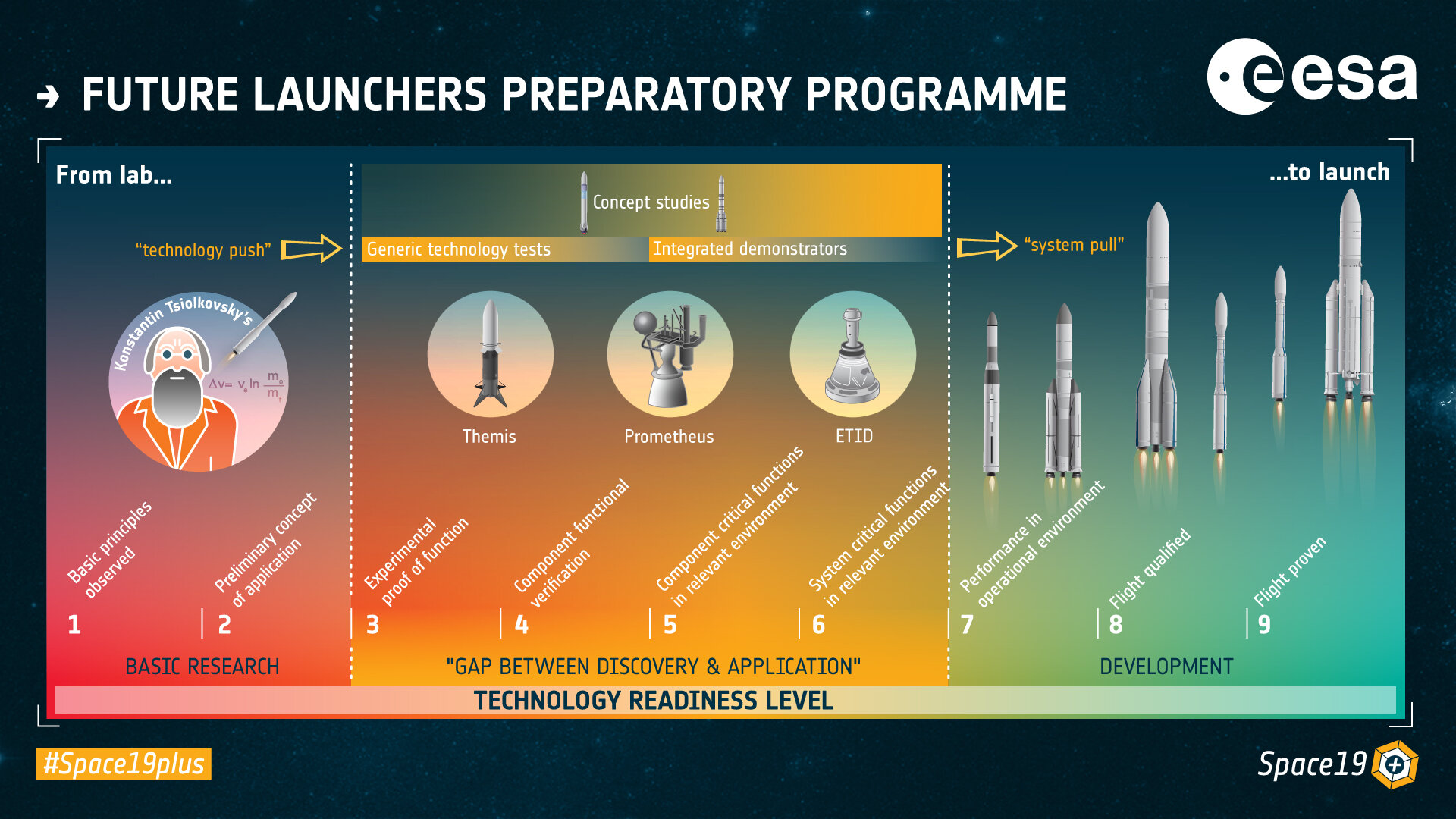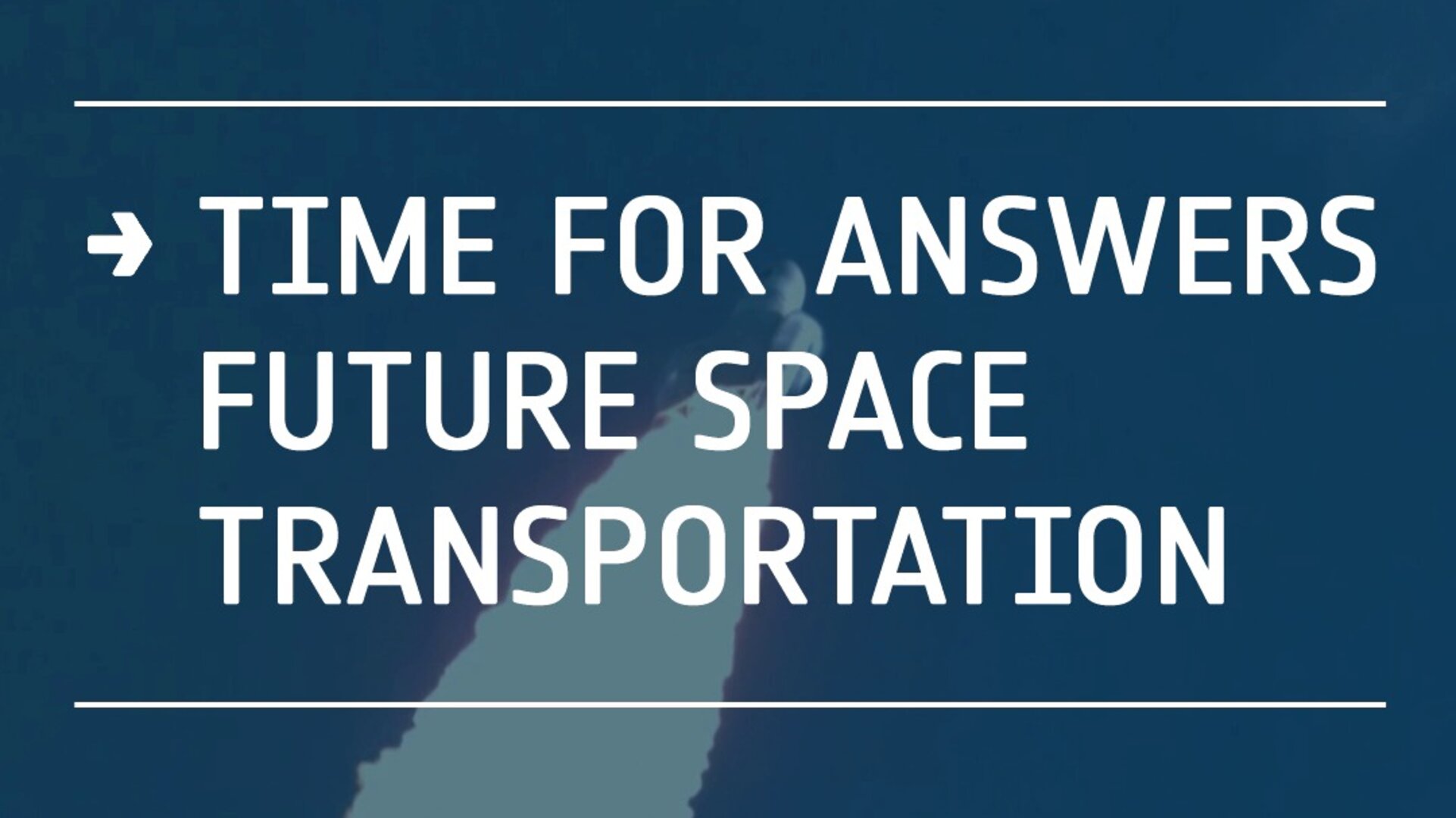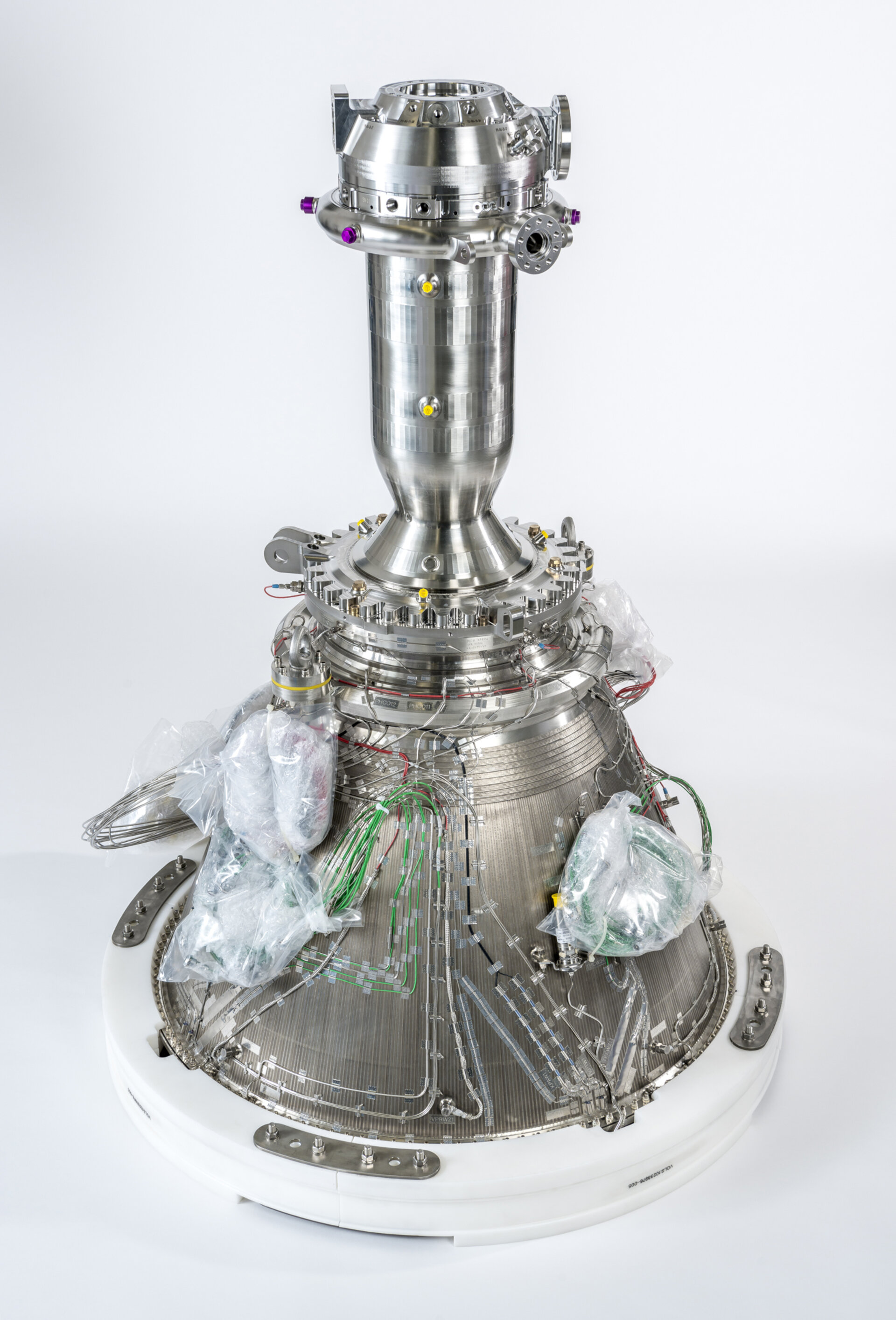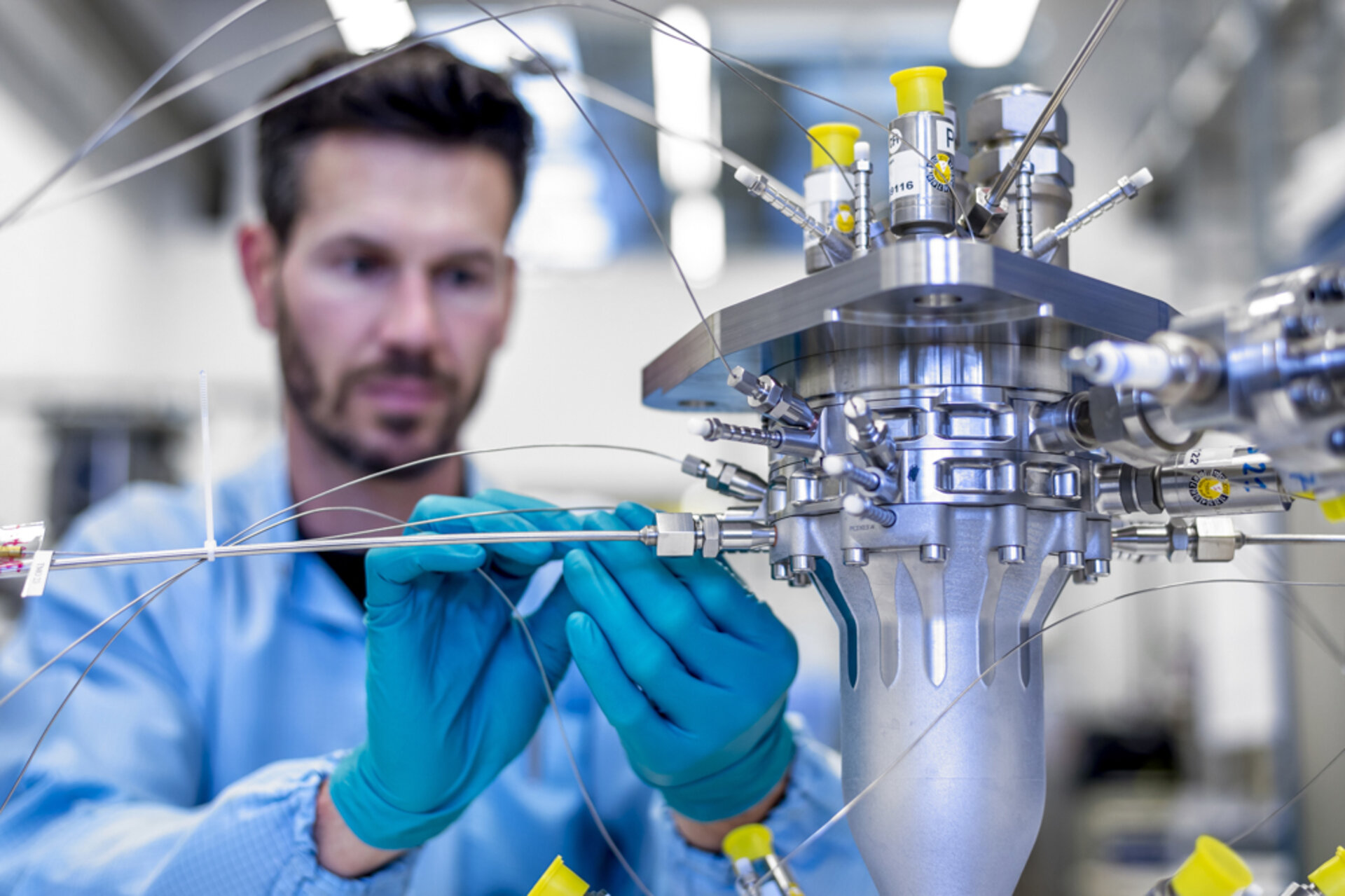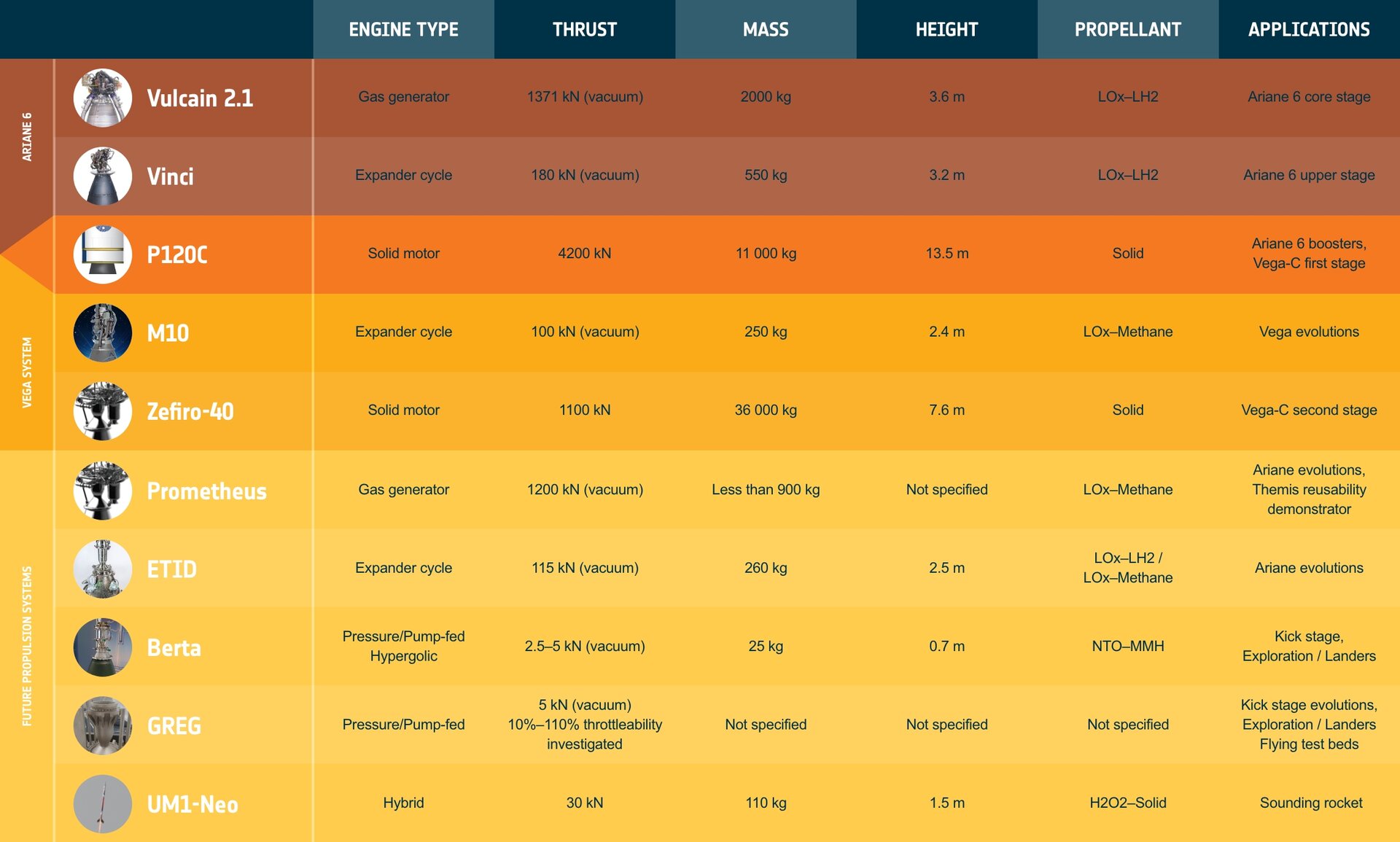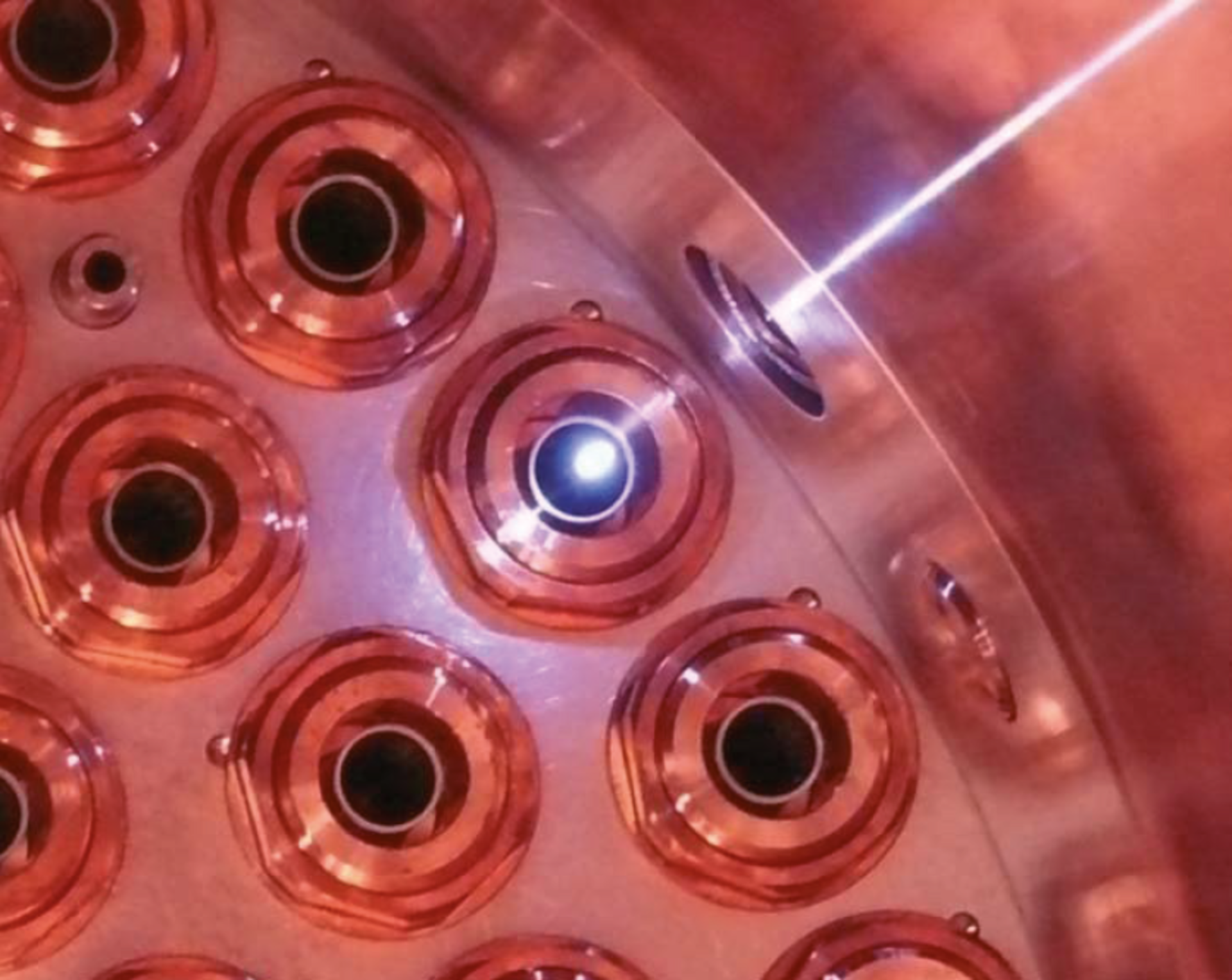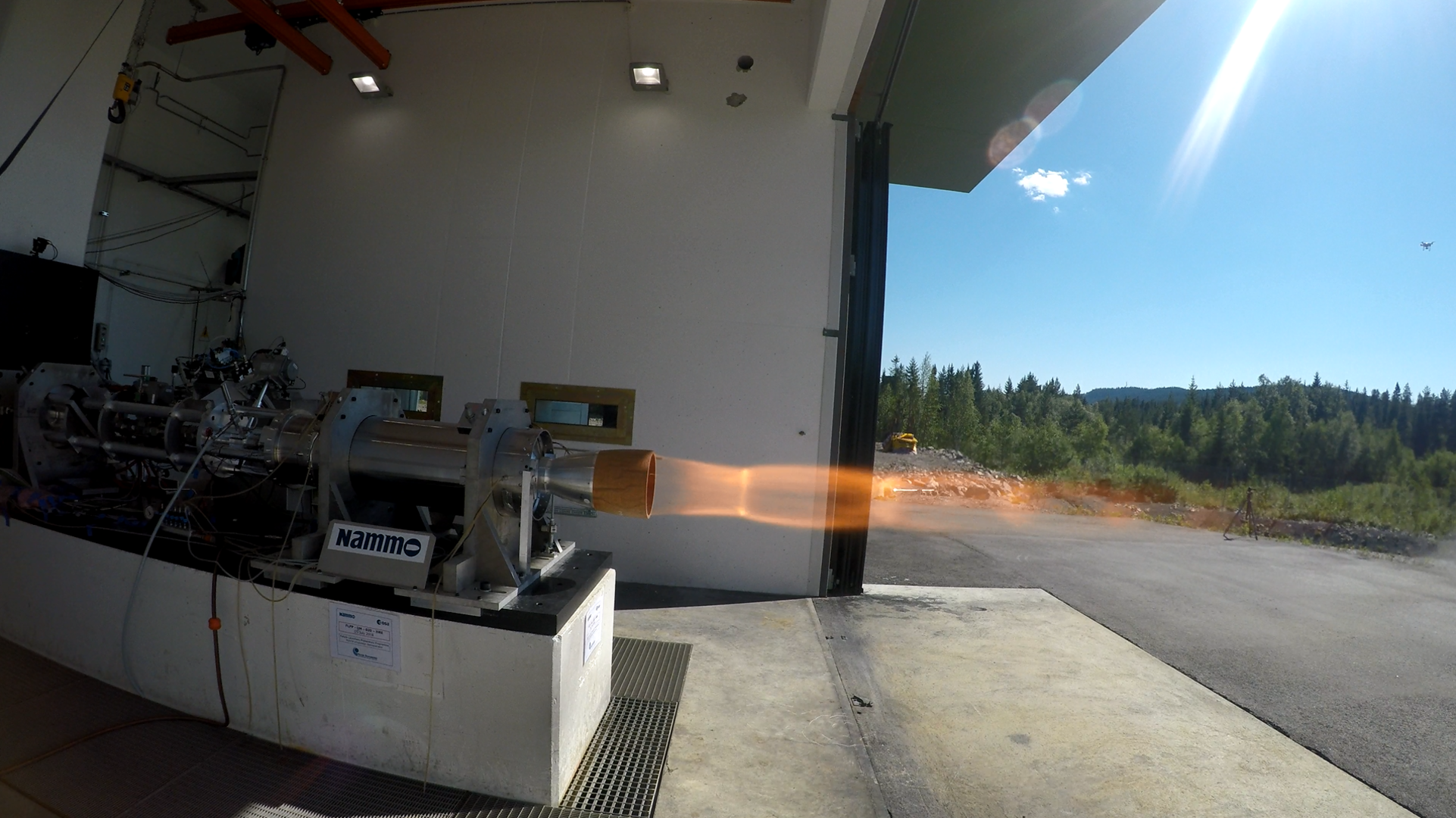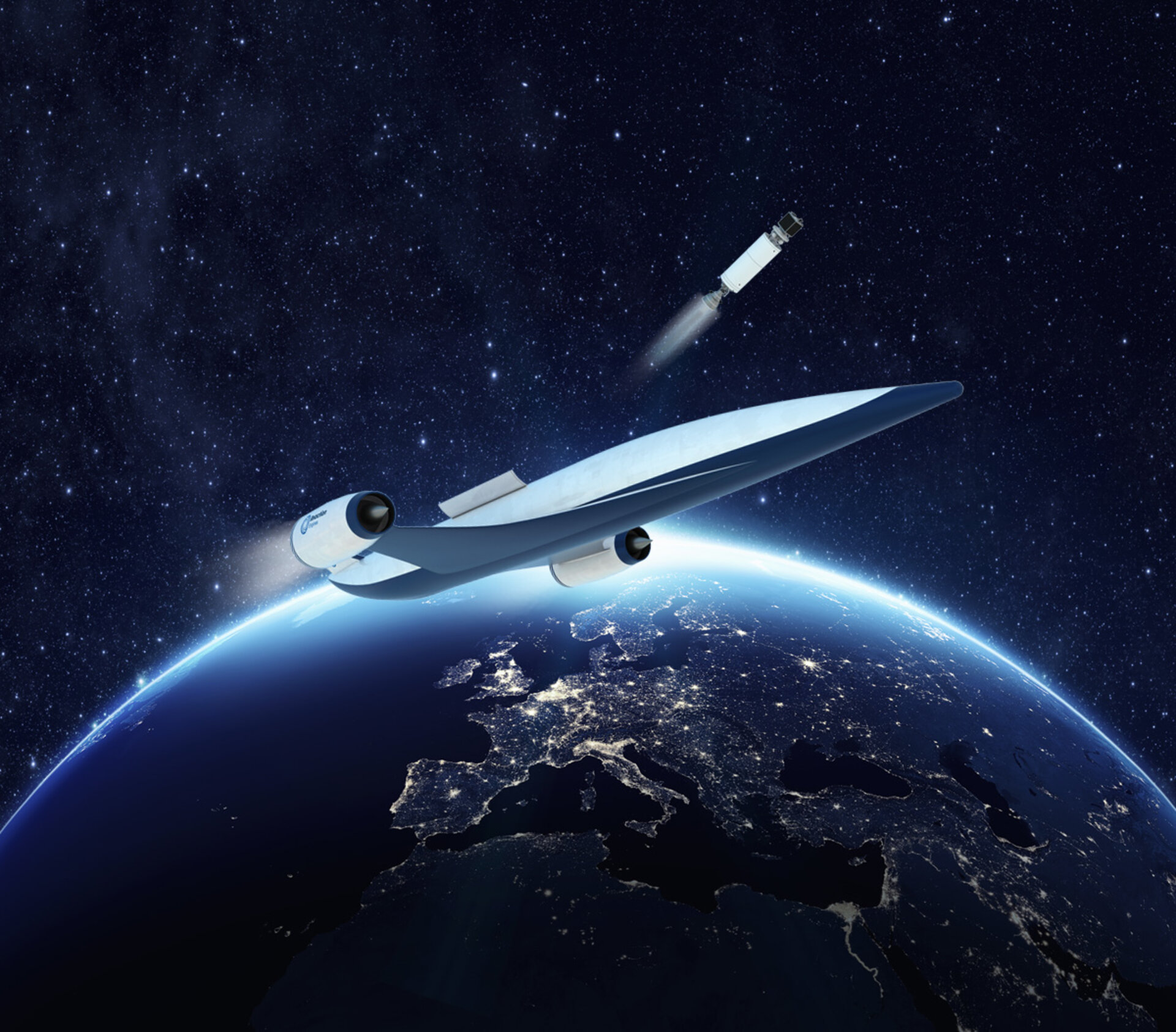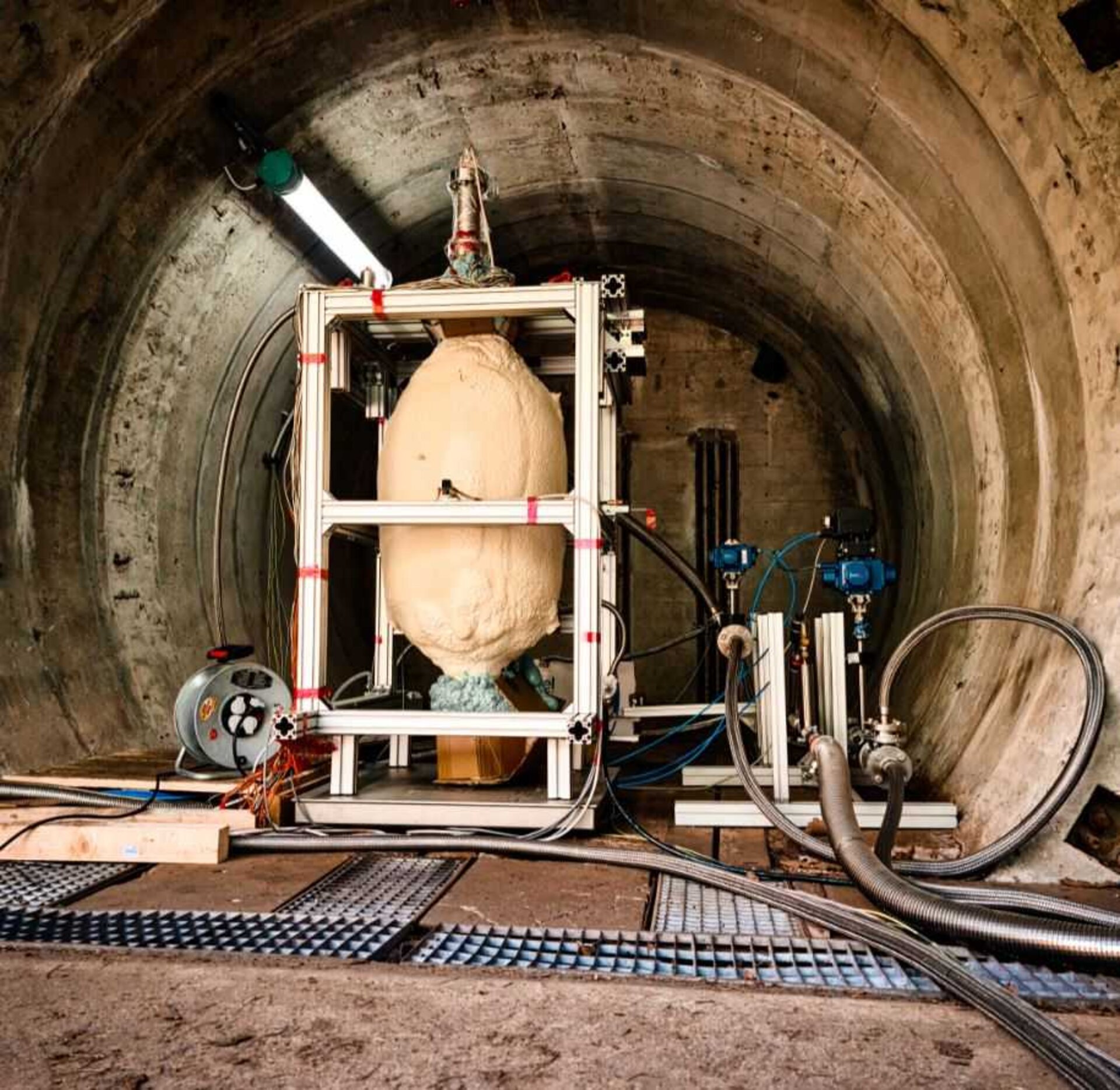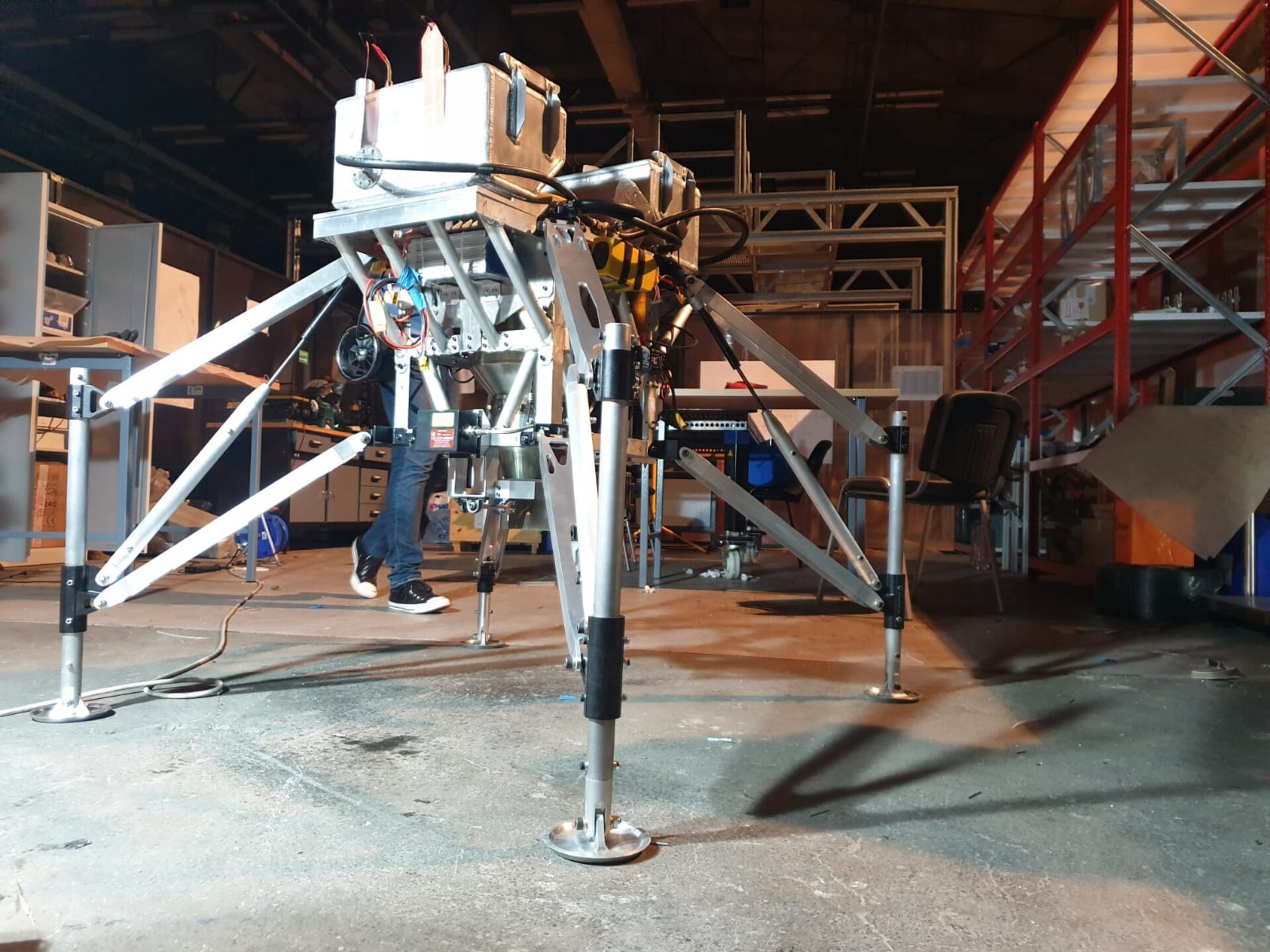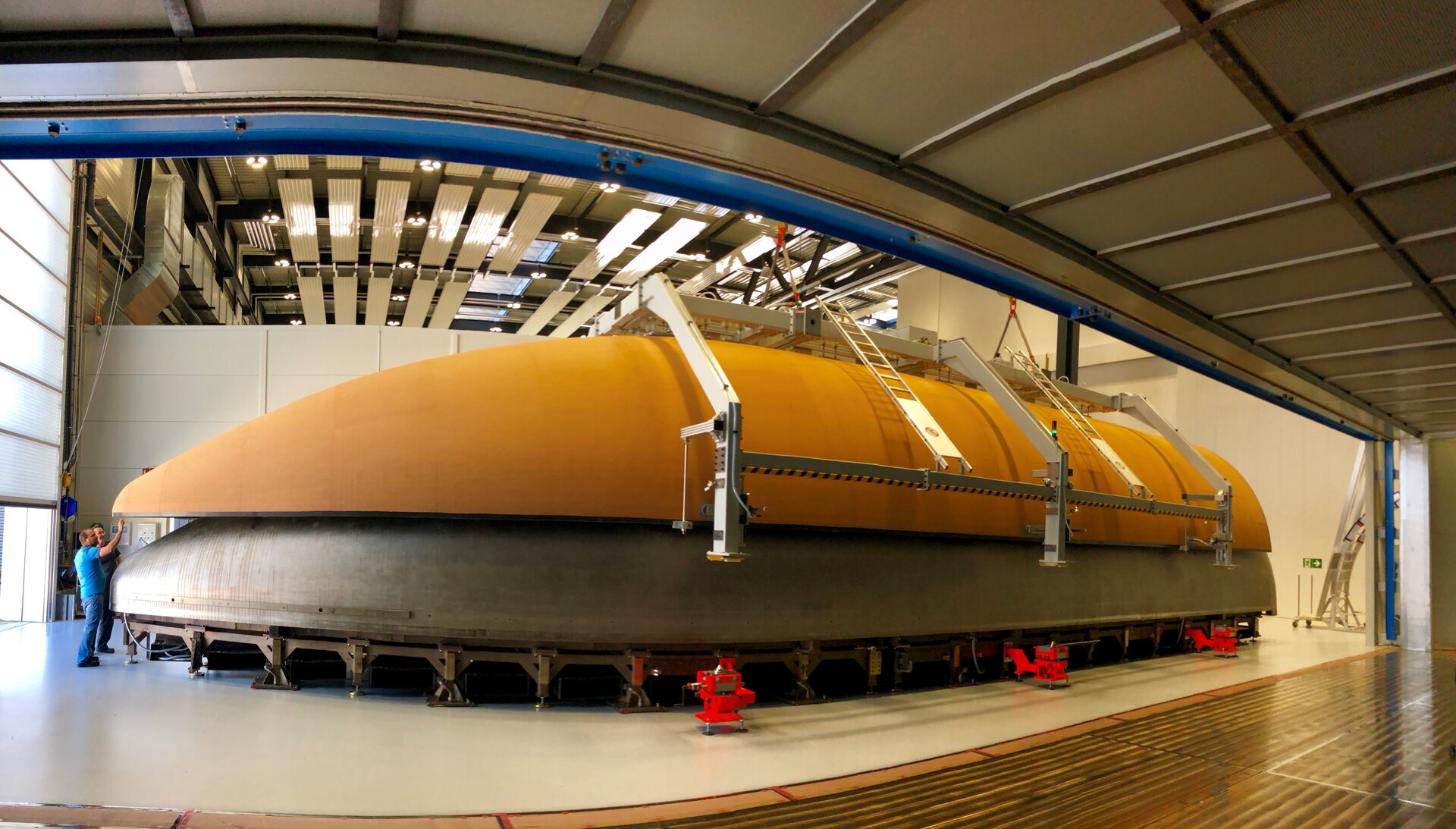Unveiling vehicles and technologies for future space transportation
ESA safeguards Europe’s guaranteed access to space through its Future Launchers Preparatory Programme, FLPP.
FLPP oversees system studies and research activities to foster new and disruptive technologies which have the potential to reduce cost, improve performance, improve reliability, or on their ability to fulfil the specific needs of an identified service, system, demonstrator or mission.
Within FLPP, demonstrators and studies hone emerging technologies to give Europe’s space transportation a valuable head-start as they begin the demanding work of turning the chosen design into reality.
Integrated demonstrators are built by combining multiple technologies into one system or subsystem so that industry can use the technology with confidence.
FLPP carries out projects in propulsion, materials and processes, reusability, structures and mechanisms, avionics and Guidance Navigation Control (GNC), and future end-to-end systems and missions.
From lab to launch
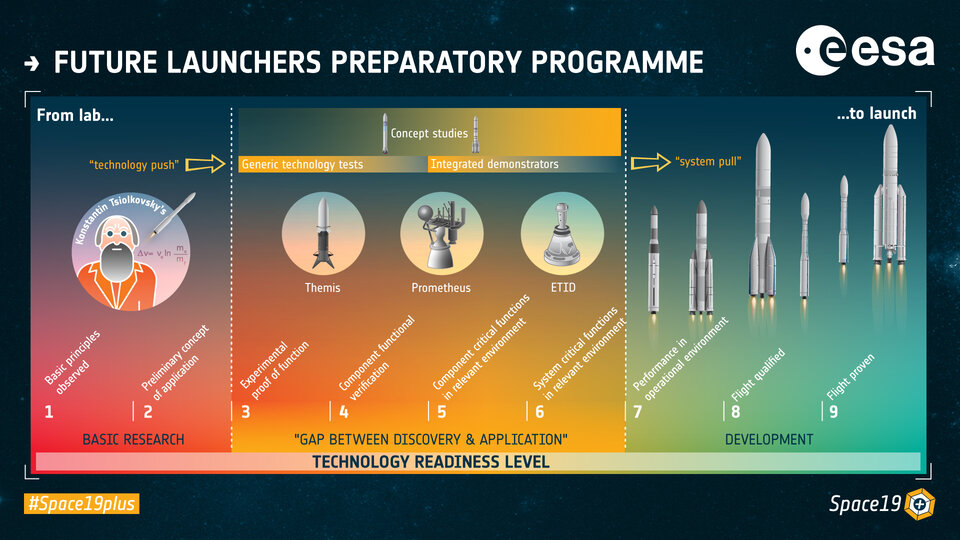
A standardised scale of 'Technology Readiness Levels' or TRL describes the level of maturity of a technology. Levels 1–2 denote basic research.
Technologies that have been demonstrated in a laboratory environment at Level 3, are further developed within FLPP and tested on the ground, in flight or in space via integrated demonstrators to raise them to TRL 6.
Once a technology has reached level 6, much of the risk linked to using a new technology in a space environment has been mitigated. It can be quickly incorporated in an operational system (TRL 9) with optimised cost and schedule.
This approach has three key benefits. It offers within a contained budget a pool of options and upgrades for quick spinoffs applicable to existing launch vehicles; it carries out high added-value research and development and it safeguards system integration and technology competencies in Europe.
Future space transportation services and systems are assessed on their competitiveness and economic viability.
ESA’s objective is to develop a robust and flexible Space Transportation ecosystem which serves European needs. To achieve this, ESA brings together its various programmes and business units, Europe’s launch service provider, and industry such as spacecraft manufacturers and innovative start-up companies.
Propulsion
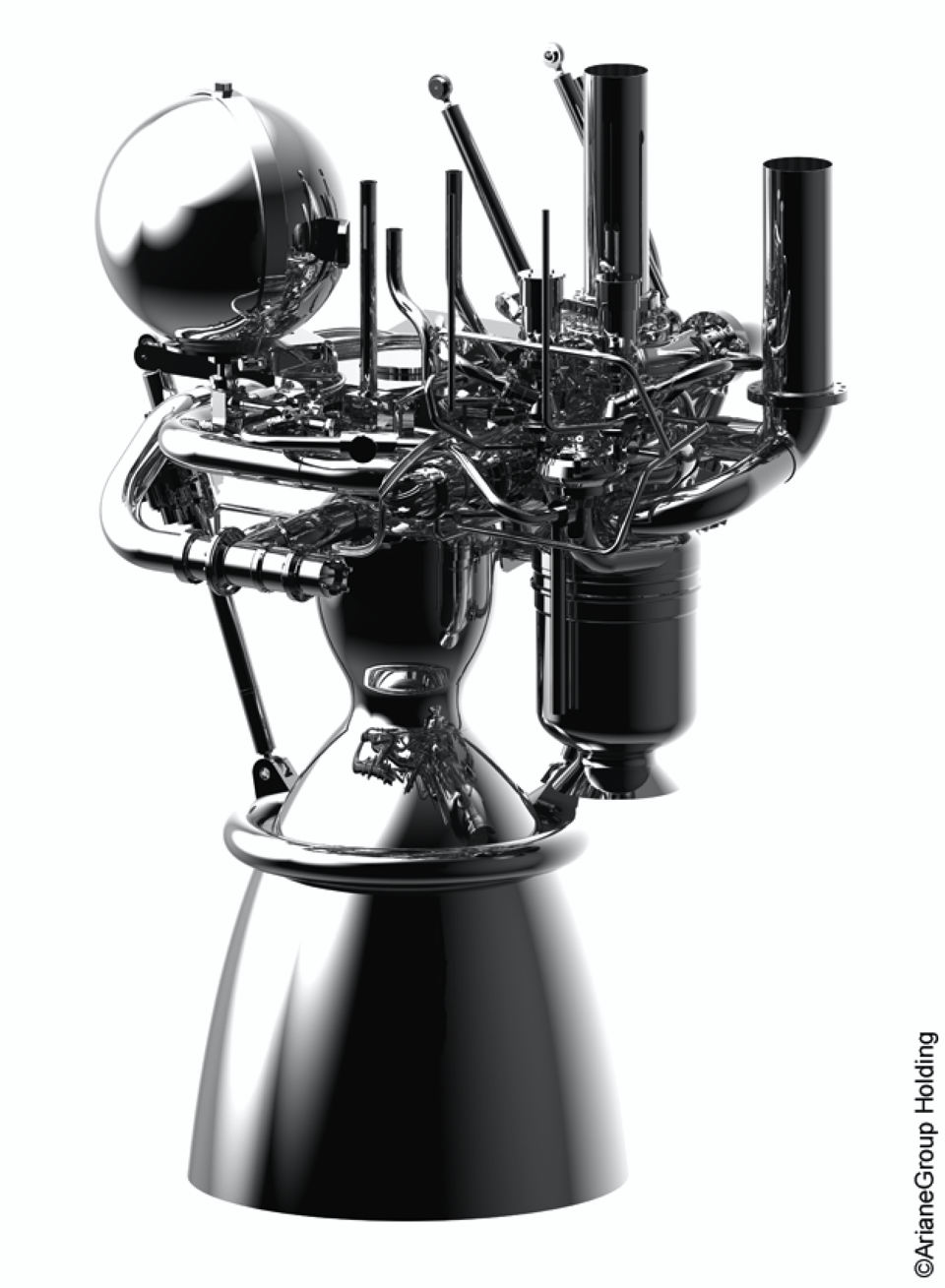
Prometheus is Europe’s first ultra-low-cost reusable rocket engine demonstrator fuelled by liquid methane. It will benefit Europe’s new Ariane 6 launcher in the near-term and prepare for a new generation of European launch vehicles in the next decade.
This is a 1000 kN class engine; further development will soon bring this up to 1200 kN. It is highly versatile and reignitable, making it suitable for use on core, booster and upper stages, reusable or not. It aims to slash costs through an extreme design-to-cost approach, new propellant and innovative manufacturing technologies.
Additive layer-by-layer manufacturing of Prometheus enables faster production, with fewer parts. Liquid oxygen–methane propellants are highly efficient and widely available and therefore a good candidate for a reusable engine.
Prometheus will be used on Themis (a reusable first stage demonstrator developed within FLPP) as part of an incremental inflight demonstration of reusability first in Kiruna, Sweden and then in Kourou, French Giuana.
A Prometheus concept based on liquid hydrogen fuel is also in development to provide an alternative to methane and could be available for use on Ariane 6.
ETID, an Expander-cycle Technology Integrated Demonstrator, paves the way for the next generation of cryogenic upper stage engines in Europe in the 10-tonne class.
Testing of a full-scale ETID demonstrator proved the latest propulsion technologies. The test results were fully analysed including cross-checks to improve numerical models as well as the full inspection of the tested hardware.
Synergy between the Prometheus and ETID projects has yielded game-changing additive manufacturing techniques for combustion chambers that reduce cost and lead time.
Berta, a 5kN-thrust class, 3D-printed full-scale engine demonstrator for upper stages has performed tests at DLR Lampholdshausen. It uses ‘storable propellants’, called such because they can be stored as liquids at room temperature. Rocket engines that are powered this way are easy to ignite reliably and repeatedly on missions lasting many months.
Continuing on from this project and considering the environmental impact of the currently used storable propellants, investigations are ongoing to prepare tests with identified new environmentally friendly propellant combinations that remain storable but are much less toxic.
Further hybrid propulsion demonstrations are on-going following the launch of the Nucleus sounding rocket in Norway, which successfully reached space by attaining a final altitude of over 100 km. Watch the full videos here.
Materials and processes
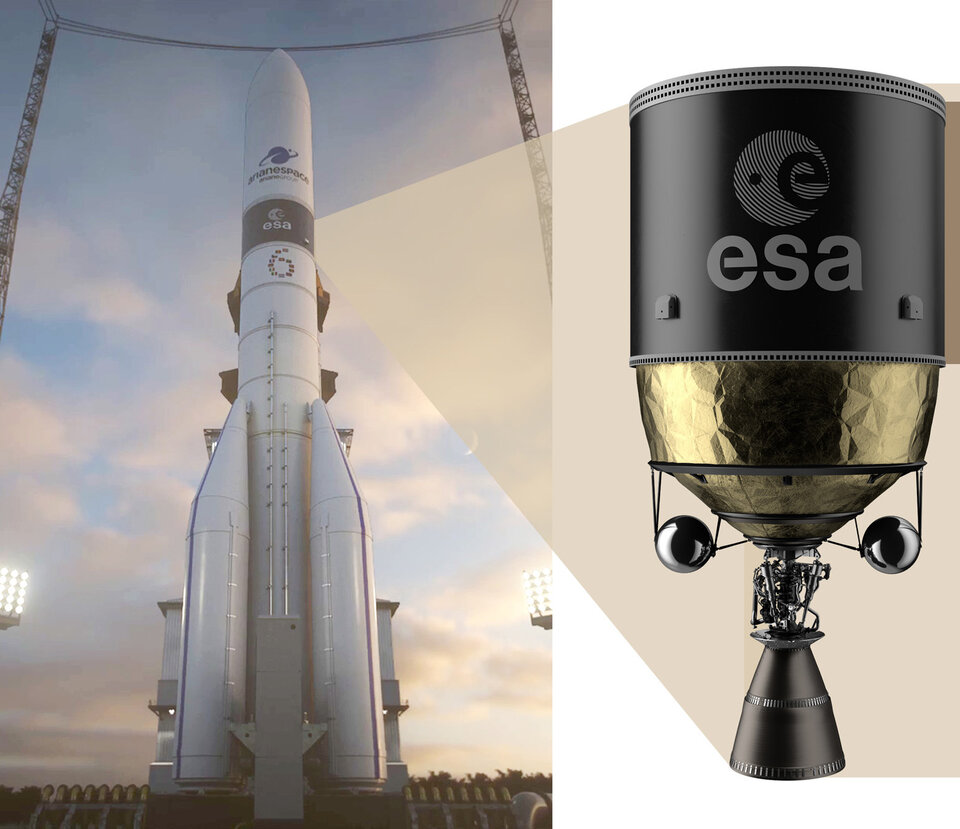
FLPP has been validating alternative materials to make rockets lighter. New carbon composite materials are being used to replace aluminium for lighter upper stage structures and fuel tanks, as well as for rocket fairings that protect the payloads on their way to space.
New insulation materials and jettison systems for rocket fairings will also offer a smoother quieter ride to space.
Closed-cell polyurethane foam material is being sprayed on as external tank insulation for cryogenic upper stages and a new solution for tank bulkheads is currently being developed.
Secondary rocket structures could benefit from improved manufacturing processes such as artificial intelligence and machine learning, or advanced additive layer manufacturing for fracture critical structural parts built in titanium, high strength aluminium alloy and polymer.
Reusability
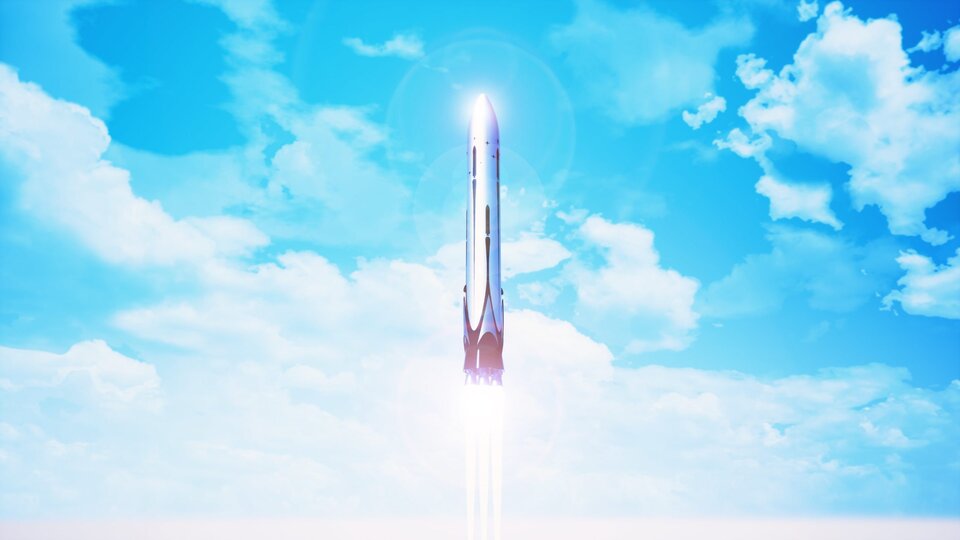
FLPP is also working on launch vehicle reusability with the first steps towards the in-flight demonstration of a prototype reusable rocket first stage called Themis. The Themis project will provide valuable information on the economic value of reusability for Europe and prove a selection of the technologies matured within FLPP for potential use on future European launch vehicles.
A successful drop test proved some of the technologies for a reusable first stage of a microlauncher.
Wind tunnel testing and computational fluid dynamics are providing insights into European capabilities to control the descent of a rocket’s first stage, back to the ground.
In addition, an ongoing project featuring a ‘flying testbed platform’ capable of carrying payloads has performed short take-off and landing test flights.
Structures and mechanisms
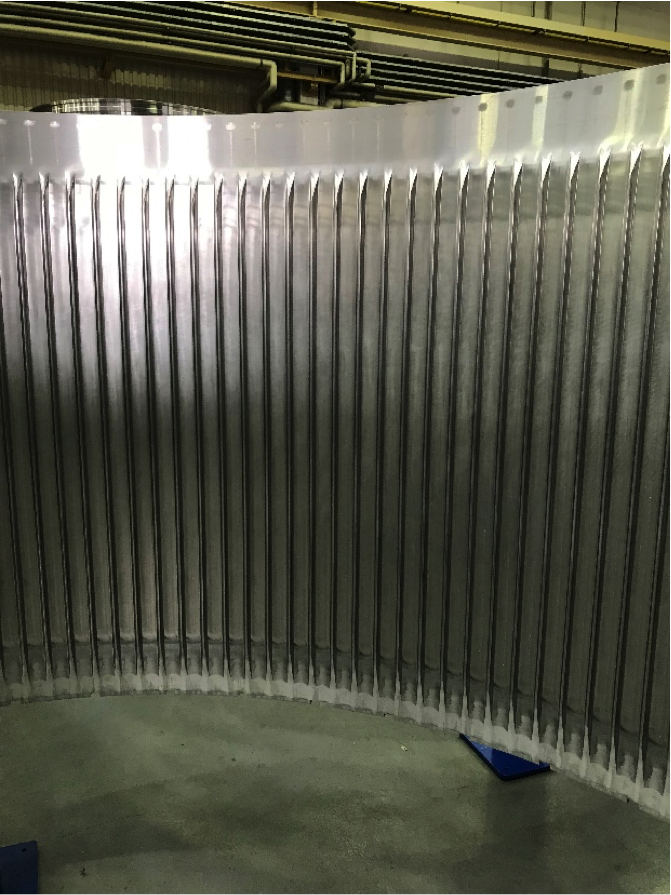
Various new production methods are improving manufacturing efficiency, for instance, a ‘Flow forming’ technique shapes a metal element in a single step. This has been demonstrated in manufacturing trials co-funded between ESA and NASA Langley.
This technique reduces weld seams making rocket structures stronger and lighter while speeding up production. It is also better for the environment because it saves energy and there is no waste material. A 3 m-diameter aluminium demonstration cylinder that would be used as an interstage was successfully manufactured and tested.
FLPP is investigating electro-mechanical actuators for smoother separation and jettisoning of launcher payloads that would also slash costs for future evolutions of European launch vehicles, as well as advanced low-cost actuation systems for launchers control.
Health Monitoring systems embed sensors in the structural parts in order to monitor the launcher environment for further optimisation.
Avionics and GNC
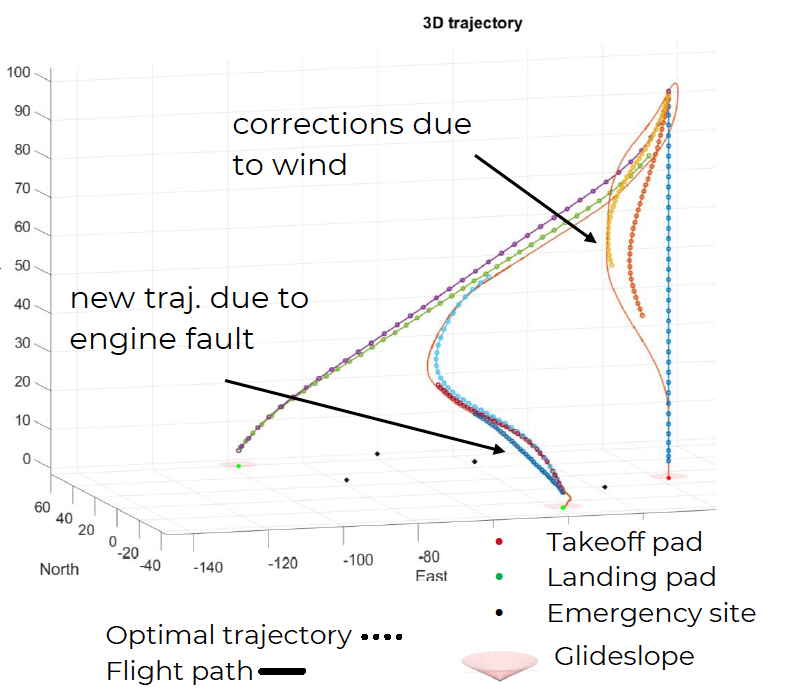
Technologies in this domain evolve rapidly. Focus is given on increasing automation to reduce the level of Guidance Navigation Control (GNC) effort required during a mission and to provide responsive launch capability. FLPP is currently investigating On-Board Real-Time Trajectory Guidance Optimisation technology for future reusable launchers.
A new low-cost avionic system heavily benefiting from COTS components and rapid and effective GNC design, verification and validation will be demonstrated with a sounding rocket launch later this year. This will also serve as a useful testing platform to address new technologies in the launcher domain.
Future wireless communication will reduce the need for wiring on launch vehicle structures and increase flexibility.
Future systems and missions
Future systems and missions are intrinsically complex, with some needing long development cycles of up to a decade. ESA therefore seeks early insights into long-term trends and potential evolutions through its New European Space Transportation Solutions (NESTS) initiative. In this context a number of space transportation service and vehicle studies are contracted in open competition with industry, to prepare solutions for the next decade.
Shifting to space logistics, space transportation beyond Low Earth orbit towards higher energy orbits, to the Moon and Mars will require extended capabilities from Ariane 6 and future rockets to deliver end-to-end transportation service. Space Logistics approach of transportation service includes for example extended kick stage concepts to deliver end-to end service beyond access to space alone. Interface with ESA’s Directorate of Human and Robotic Exploration for exploration missions will identify future space transportation needs for a post International Space Station vision.


